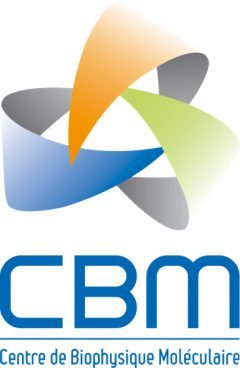The “NMR of biomolecules” team is paving the way for the optimization and development of butterfly defensin mimics to selectively combat pathogenic fungi.
A lire aussi
2025, November 7 - Alexandre d'Halluin seminar
28 October 2025
par Isabelle Frapart
7 novembre 2025 - Séminaire d'Alexandre d'Halluin
28 October 2025
par Isabelle Frapart
2025, November 3 - Ana Nowak thesis defense
28 October 2025
par Isabelle Frapart
